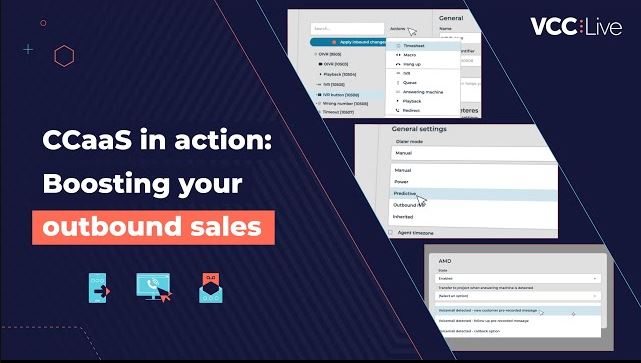What do customers really want? As customer demands are constantly changing, it’s no small feat for business to meet their ever-increasing expectations.
And when it comes to customer demands, one thing is certain: customer experience is everything. In fact, 43% of customers say that they would pay a premium for better experience.
In this article, we’ve collected what customers value most during a customer journey. Read on and get to know your customers better!
Convenience and Speed
Convenience comes high on the list of what customers want: in fact, if your product and services are not convenient enough, customers will likely leave you for the competition.
Also, these days, customers use several channels to reach out to a business, so make sure to connect with them on their preferred channel. Don’t forget, however, that being available on several channels doesn’t make any sense if you cannot ensure that the quality of customer communication is the same for all the channels you use.
An easily reachable customer service line is also an essential part of convenient customer experience. Putting your customers on-hold for too long, on the contrary, will make them frustrated in no time, and again, encourage them to leave your business.
In addition, if you really want to go the extra mile, ensure your customer service is available during flexible hours as well and make sure your customers do not experience any language barriers when talking to your agents.
Efficiency
Time is money in our over-accelerated world. So, of course, customers do not want to spend their valuable time waiting for a business to resolve their issues. It’s thus not surprising at all that efficiency is of the utmost importance for customers when dealing with a business.
Luckily, year after year, better and better technology solutions enter the market, allowing companies to maximize the efficiency of their customer service.
Amongst other things, powerful call center software features, such as real-time analytics, call center scripts, and call recording can definitely help you increase the efficiency of your team.
Real-time statistics and data analytics will help you offer personalized customer service while also allowing you to monitor and evaluate your team’s performance in real-time. Also, a well-crafted call center script will allow your agents to guide customers through a conversation. And luckily, it is now possible to record calls for training purposes, so you can just check previous calls and offer feedback to your agents based on their performance.
Furthermore, customers these days are increasingly looking to solve their problems themselves rather than contact customer service departments. Therefore, if you want to please your customers and increase your team’s efficiency, make sure to utilize self-service options and allow customers to sort out their simple queries themselves.
Friendly Customer Service
Although automatization is definitely on the rise, it seems customers still require the human element when reaching out to a company. According to a report carried out by PwC, 71% of American customers would rather interact with a human than a chatbot. The result clearly indicates that having friendly call center agents available is critical to any business.
Of course, it doesn’t mean that chatbots should not be used by call centers, considering they offer the perfect solution to take care of repetitive and simple customer issues. But customers should always be able to talk to a live agent.
Speaking of live agents, once customers are directed to a customer service agent, they expect a highly customer-centric and personalized experience. So, gone are the days when companies can afford to mistreat their customers.
Also, don’t forget that customers today are ready to share their negative experiences via social media, which, of course, can seriously hurt your business’ reputation. Therefore, make ‘customer-centric service’ your call center’s slogan. And what better way to ensure a friendly agent attitude than investing in your employees?
Again, you can leverage technology and empower your agents with the right tools to provide the possible best customer experience. Furthermore, a thorough induction period and systematic training sessions will definitely allow your agents to acquire proper product knowledge.
Last but not least, make sure to value your employees and keep morale high in your agent team, as they are the ones who drive customer experience.
As you can see, customers value most companies that are convenient and enjoyable to do business with. Make sure to provide your customers with the experience they truly want and leave your competition in the dust!







